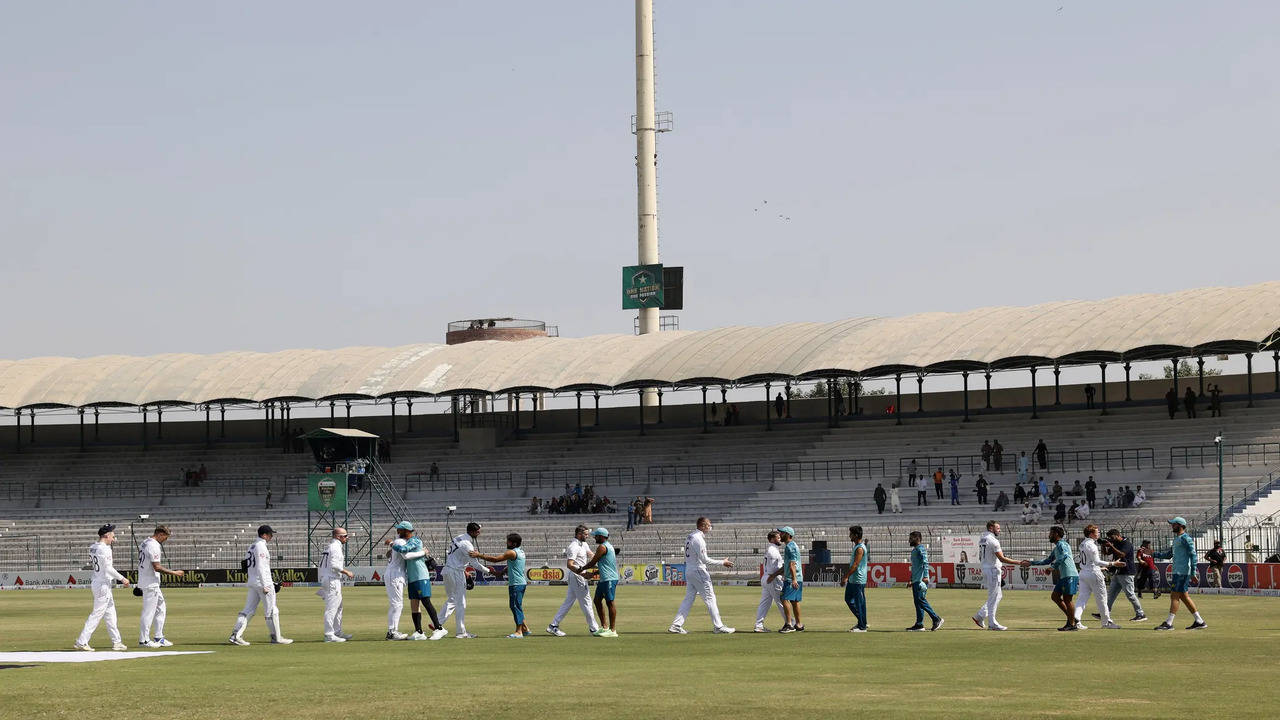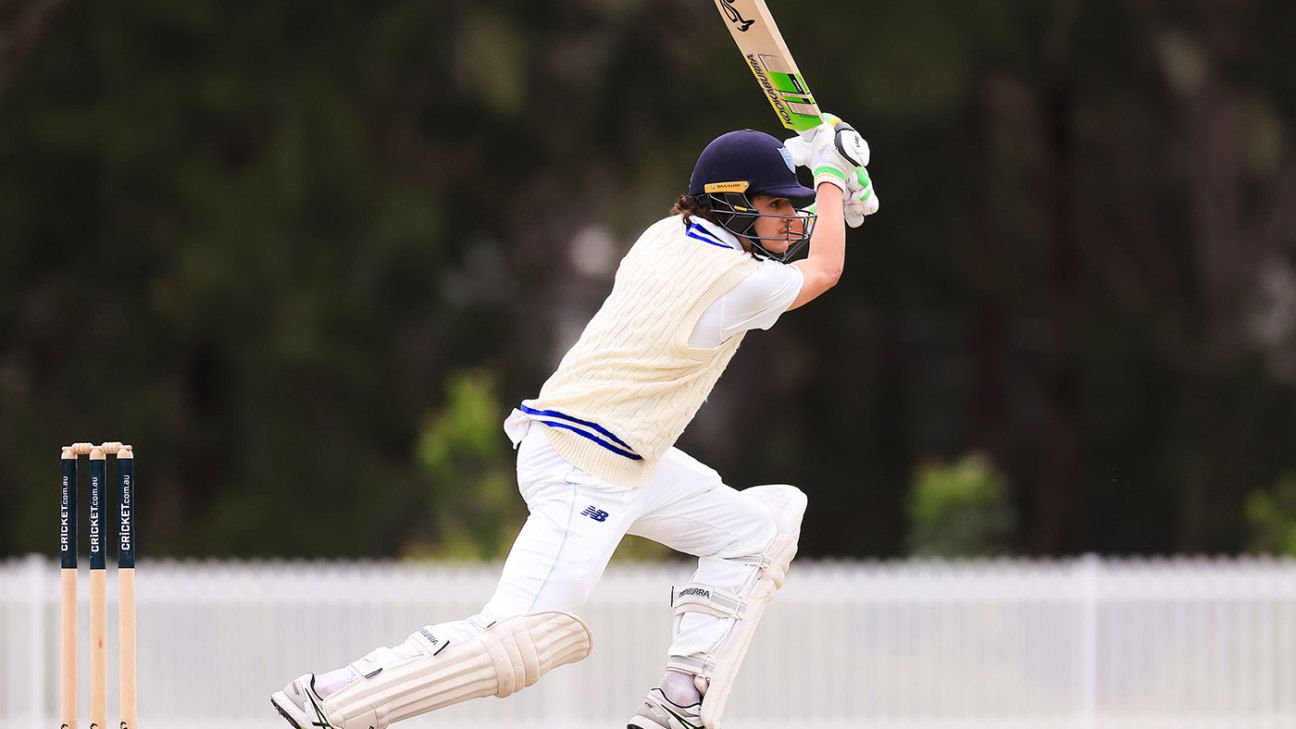Pakistan’s Pitches: A Graveyard for Bowlers, a Haven for Batsmen
In 1980, Australian pace legend Dennis Lillee famously denounced a pitch in Pakistan as a “graveyard for bowlers.” More than four decades later, little has changed.
Lillee’s frustration stemmed from a wicketless 21-over spell in Faisalabad, where Australia’s bowlers toiled in vain as Pakistan piled up 382-2 in reply to Australia’s 617 all out. The match ended in a turgid draw.
Fast forward to 2023, and the situation remains dire. In the first Test in Multan, England rewrote the record books on a pitch described as “a road” by former captain Michael Vaughan. They amassed 823-7 declared, the fourth highest single innings in Test history.
Harry Brook plundered 317 at almost a run a ball, while Joe Root became England’s highest Test run scorer during his career-best 262. Their record-breaking stand of 454 for the fourth wicket highlighted the lifeless nature of the pitch.
Despite the lack of assistance for bowlers, England’s bowlers pulled off an innings and 47-run victory after Pakistan crumbled to 220 all out in their second innings. Pakistan became the first team to score 500 or more and lose a Test by an innings.
The lack of help for bowlers in Multan has drawn criticism from experts. England batting great Kevin Pietersen said it was “helping destroy Test cricket.” Former Pakistan captain Wasim Akram called it a “perennial problem.”
Rashid Latif, a former Pakistan captain who has studied pitch preparation, believes the pitches are unnecessarily curated in favor of batsmen. “We can prepare good pitches, but our mindset is negative,” he said.
Former spinner Tauseef Ahmed, who played in the infamous 1980 Faisalabad Test, said Pakistani batters prefer flat pitches to score runs. “Even in domestic matches, we have such pitches so that players score big and get prominence,” he said.
In the last two years, Pakistan’s pitches have become even more docile. Each Test wicket now costs an average of 42.13 runs, the highest anywhere in the world.
Experts say the ideal soil mix for a Test pitch is around 60% clay with less sand, as found in Australia. This produces firm and bouncy tracks that begin to take more spin over five days, providing a balance between ball and bat.
However, local groundsmen say pitch preparation in Pakistan is a complex process influenced by weather and interference from team management. They also point to the overuse of pitches, which leads to flat surfaces.
Latif believes serious work is needed to improve the standard of pitches. He advocates for a research department to ascertain how good pitches can be prepared. He also wants to see Australian Kookaburra balls replaced with those with a more prominent seam to help bowlers.
With the second Test in Multan and the third in Rawalpindi on the horizon, it seems unlikely that the bowlers will get any respite soon. Pakistan’s pitches remain a graveyard for bowlers and a haven for batsmen.






